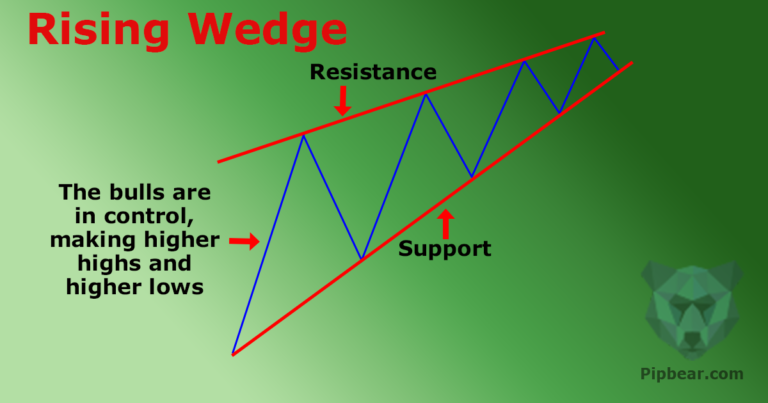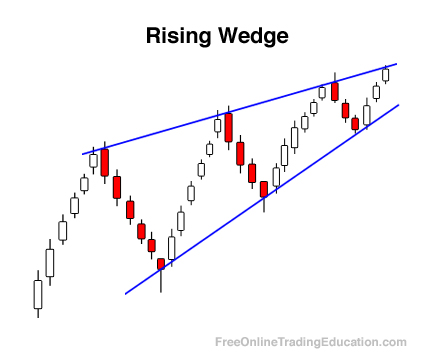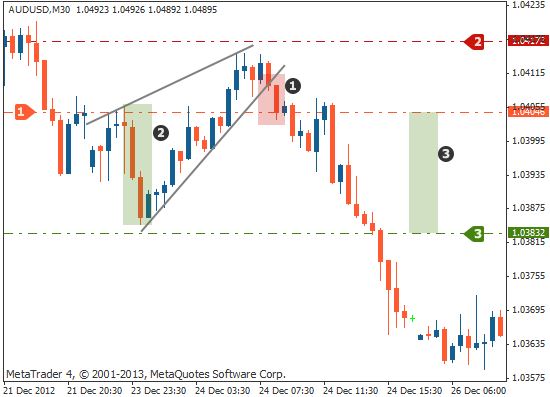
As depicted on a wedge pattern, a sustained upward movement in the prices of assets or securities is always followed by a reversal, the reversal however occurs at the peak. Upper and lower trendlines are important to investors, especially when making investment decisions.Ī wedge pattern is commonly formed when securities, stocks and assets are being traded in the market.Bearish and bullish patterns in the market are detected through a wedge.Investors are able to derive cogent market insights through the technical analysis depicted on a wedge.The point of reversal which forms a convergence for price trends give the formation of a wedge.A wedge provides a general outlook of market trends.

In technical analysis, analysts use a wedge to depict price movements and major trends in the market. When there is an upward movement on a wedge, it signifies a bullish market while a downward movement is a bearish market. Just like a normal wedge, analysts converge price trends as an arrow, suing the wedge. Back to: INVESTMENTS & TRADING How Does the Wedge in Technical Analysis Work?Ī wedge is a method of charting that analysts employ when depicting major price movements in the market. Using the wedge, price patterns are drawn on a chart to form an arrow, major movements and trends in prices are represented using a wedge. It is a representation of short and middle-term reversal in the movement of price in the market.


Technical analysts use a wedge to depict trends in the market, a wedge has an arrow shape. In trading, a wedge refers to a method of analysis that takes the form of a triangular shape. Learn more about wedge patterns like the falling wedge pattern.Update Table of Contents What is a Wedge Method of Technical Analysis? How Does the Wedge in Technical Analysis Work? Wedge Advantages Rising Wedge Falling Wedge What is a Wedge Method of Technical Analysis? Rising wedge patterns offer reliable signals for short selling, so we highlight them within downtrends for members of our stock pick service. Each rising wedge led to further downside, with the sell signal or the short sell signal being the downside break of the lower rising trend line. This stock formed a pair of rising wedge patterns during its downtrend. Stronger volume and a higher intensity that accompanies the selling makes this pattern more reliable. Volume expansion which accompanies a breakdown from a rising wedge pattern adds reliability when trading this pattern.īreakout Expectation: A breakdown from a rising wedge pattern should be accompanied by volume expansion as rising support is broken and selling accelerates. The early portion of the wedge has a wider price range, while the latter stages of a rising wedge are characterized by tighter price action.

This may be seen by drawing two rising trend lines, one steeper trend line connecting minor lows, and a shallower trend line connecting minor highs. When found within the context of an uptrend, the rising wedge is an indication that an uptrend may soon reverse course with downside price action to follow.Īppearance: The rising wedge pattern is a contracting trading range with an upward tilt. The rising wedge pattern is a reliable short sell indication.Ĭontext: When found within a downtrend, the rising wedge is a continuation pattern with similar characteristics of a bear flag pattern. In either case, a downside break from a rising wedge pattern is a technical sell signal or short sell signal. Rising wedge patterns are bearish and are found at the ends of uptrends as well as during downtrends.


 0 kommentar(er)
0 kommentar(er)
